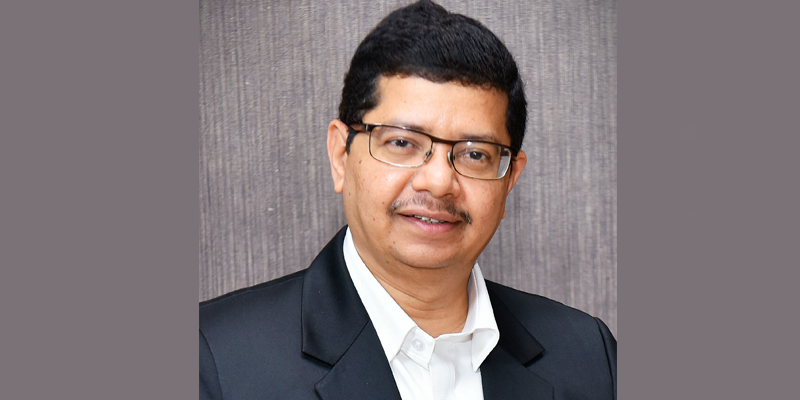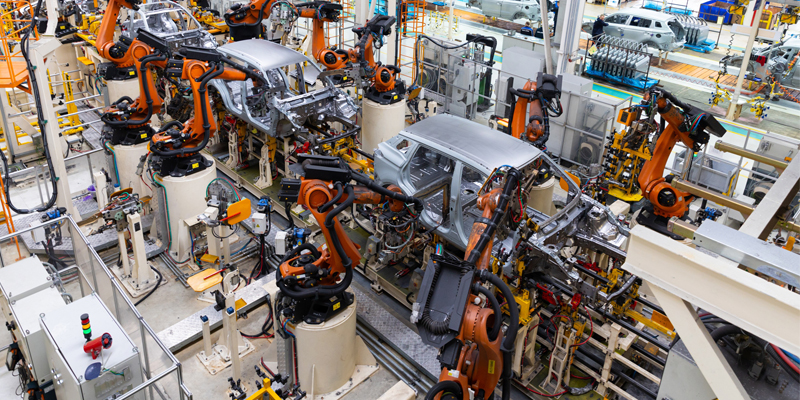Schedule a Call Back
How Home Chargers Can Accelerate EV Adoption in India
 Articles
Articles- Jul 28,25

Related Stories

How Home Chargers Can Accelerate EV Adoption in India
As India races towards a sustainable mobility future, home charging solutions are quietly emerging as the unsung heroes of the electric vehicle (EV) revolution. In this article, Akshit Bansal, Found..
Read more
India is a key pillar in BorgWarner’s global growth strategy: C Krishnamurthy
In this interview, Chandrasekar Krishnamurthy, Global Director of Product Management at BorgWarner, discusses the company’s expanding footprint in India and its pivotal role in the nation’s elec..
Read more
MAHLE to Focus on Hybrid, E-Mobility for Decarbonization
MAHLE is accelerating its commitment to decarbonization by showcasing its diverse technological approaches to reducing CO2 emissions in road traffic. As part of its broader climate protection strate..
Read moreRelated Products

Integrated Electric Gripper S Series
IBK Engineers Pvt Ltd offers a wide range of integrated electric gripper S series.

Geared Electric Motors
Delco Fans Pvt Ltd offers single phase capacitor run and three
phase geared Instrument motors, totally enclosed face/foot mounted.

“Kusam-Keco” Partial Discharge Acoustic Imager - Model - Km-pdai
‘Kusam-Meco’ has introduced a new “Partial Discharge Acoustic Imager Model KM-PDAI.


















